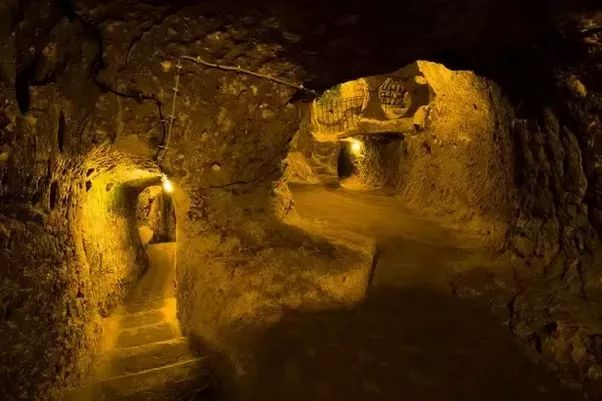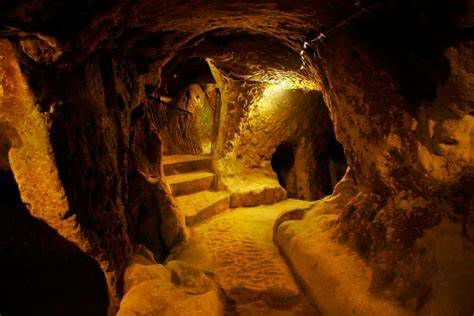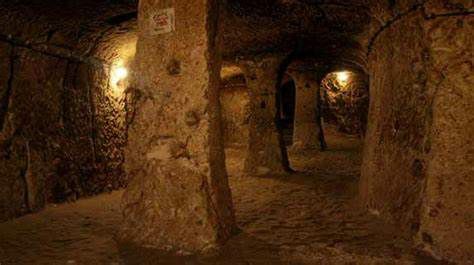Beneath the pyramids of Egypt, there is an unexplored underworld of catacombs, hewn chambers, and cave tunnels that have remained undiscovered for centuries. References to these underground structures can be found in ancient texts and Arab legends, but they have only recently been investigated.
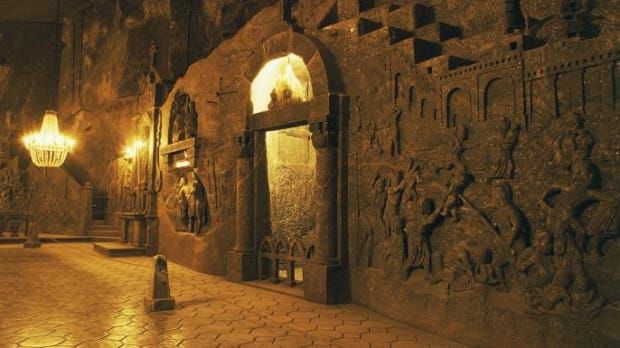
In 2008, a team of researchers embarked on an expedition to Hawara, Egypt, located 55 miles south of Cairo, with the aim of exploring this lost subterranean labyrinth described by renowned authors such as Herodotus and Strabo.
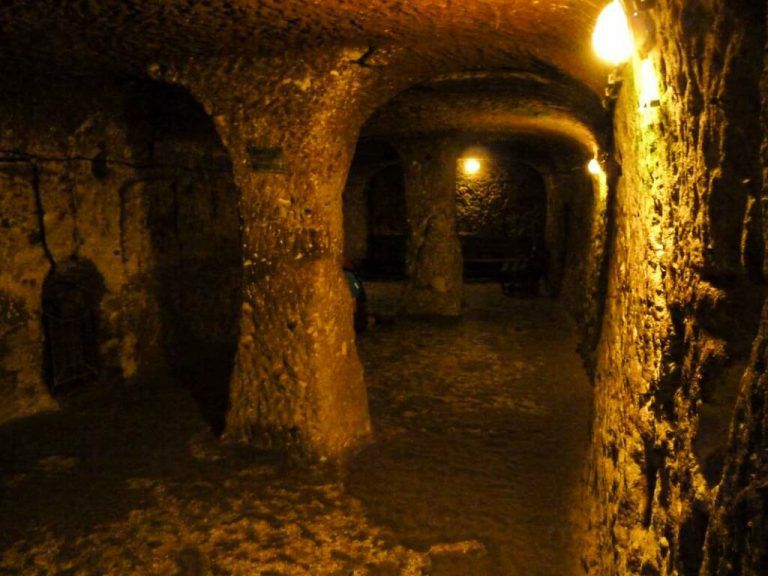
The expedition team, comprised of Belgian and Egyptian researchers, employed advanced ground-penetrating technology to scan the sand of Hawara and unravel the mystery. Named the Mataha Expedition (Mataha meaning labyrinth in Arabic), their findings confirmed the presence of an underground temple just south of the pyramid of Amenemhat III.
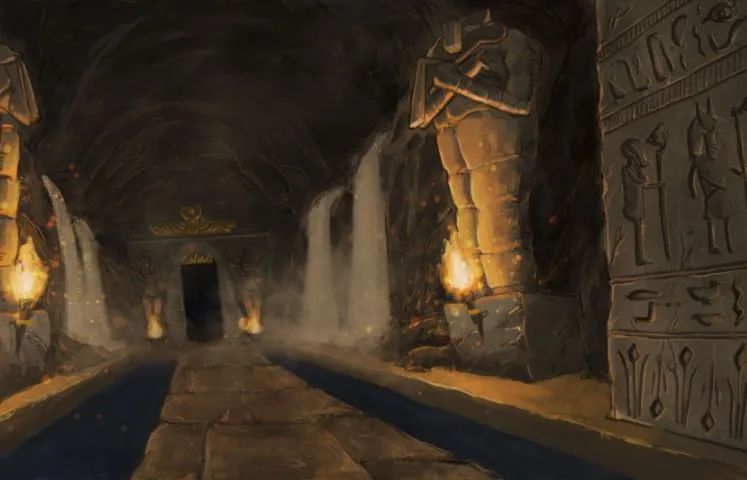
Referred to as the Labyrinth of Egypt, this monumental underground structure has been mentioned by numerous ancient writers who believed it to be of extraordinary dimensions and possibly the key to substantiating the existence of a lost civilization predating the ancient cultures associated with the region today.
